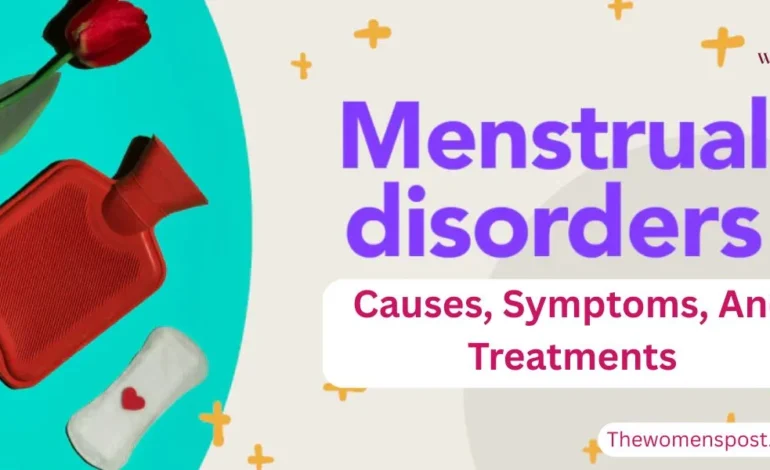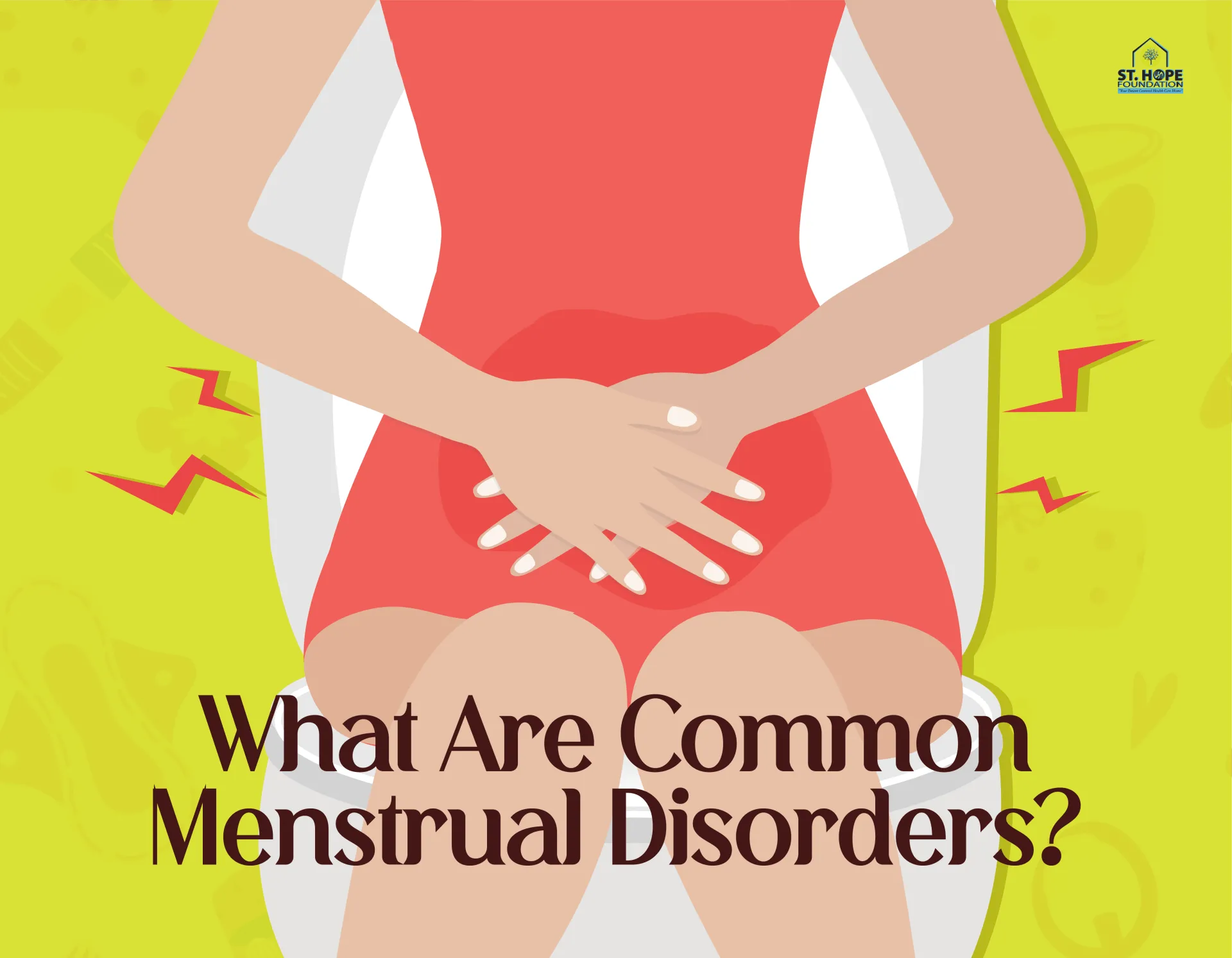Understanding Menstrual Disorders: Causes, Symptoms, And Treatments

Menstrual health is a vital aspect of a woman’s overall well-being. However, many women experience menstrual disorders at some point in their lives, which can significantly impact their physical and emotional health. From irregular periods to painful periods and heavy menstrual bleeding, these issues can stem from a variety of causes and often require timely intervention.
What Are Menstrual Disorders?
Menstrual disorders refer to problems related to the menstrual cycle, including abnormalities in timing, flow, or symptoms. These disorders can affect women of all ages and may be temporary or chronic. The most common menstrual cycle problems include:
- Irregular periods (oligomenorrhea): Menstrual cycles that are inconsistent or occur infrequently.
- Heavy menstrual bleeding (menorrhagia): Excessive blood loss during menstruation.
- Painful periods (dysmenorrhea): Menstrual cramps that interfere with daily life.
Common Causes of Menstrual Disorders

Also Read: Understanding PCOS: Symptoms, Causes, Treatment & How Women Can Take Control
Several factors can contribute to menstrual cycle problems, including:
- Hormonal imbalances, particularly involving estrogen and progesterone.
- Medical conditions like polycystic ovary syndrome (PCOS), endometriosis, and thyroid disorders.
- Stress and lifestyle factors such as excessive exercise or rapid weight changes.
- Use of certain medications or contraceptives.
Symptoms to Watch For
Signs of menstrual disorders may vary depending on the type and underlying cause, but common symptoms include:
- Skipped or infrequent irregular periods
- Very light or very heavy menstrual bleeding
- Severe cramps or painful periods
- Spotting between periods
- Changes in cycle length or intensity
Diagnosis And Treatment Options
Healthcare providers diagnose menstrual disorders through a combination of medical history, physical exams, and tests like ultrasounds or blood work. Treatment depends on the specific condition and may involve:
- Hormonal therapies (birth control pills, hormone replacement)
- Pain relief medications for painful periods
- Iron supplements for those with heavy menstrual bleeding
- Lifestyle changes such as stress management and diet modification
- Surgical interventions in severe cases
When to Seek Medical Help

Also Read: Top Yoga Trends for Better Health in 2025
While occasional irregularities are normal, persistent menstrual cycle problems should not be ignored. See a healthcare professional if you experience:
- Missing periods for more than three months
- Severe cramping that disrupts your life
- Excessive bleeding lasting more than seven days
- Bleeding between periods or after menopause
Conclusion
Understanding menstrual disorders is key to taking control of your reproductive health. Whether you’re dealing with irregular periods, painful periods, or heavy menstrual bleeding, early diagnosis and appropriate treatment can greatly improve your quality of life. Don’t hesitate to seek help if you notice abnormal changes in your cycle—your health matters every day of the month.
FAQs on Menstrual Disorders
1. What causes irregular periods in women?
Irregular periods are one of the most common menstrual disorders affecting women of all ages. They can result from hormonal imbalances, stress, extreme dieting, or medical conditions such as Polycystic Ovary Syndrome (PCOS) and thyroid issues. These factors disrupt the hormonal signals that regulate the menstrual cycle.
2. Natural remedies for painful menstruation
For women experiencing painful periods, natural remedies like using warm compresses, drinking herbal teas (ginger or chamomile), and light stretching exercises can provide relief. Supplements such as magnesium and omega-3 fatty acids may also ease cramping and support better menstrual cycle health.
3. How to know if your period is abnormal
Not all menstrual cycle problems are obvious, but key signs include cycles that are too short or too long, very heavy bleeding, severe pain, or missed periods. If you’re soaking through pads frequently or experiencing clots and irregular flow, it may indicate a menstrual disorder that needs attention.
4. Medical conditions linked to menstrual disorders
Several health conditions are directly linked to menstrual disorders, including PCOS, endometriosis, uterine fibroids, adenomyosis, and thyroid dysfunction. These conditions can lead to irregular periods, heavy menstrual bleeding, and ongoing menstrual cycle problems that may affect fertility and quality of life.
5. Difference between normal and abnormal menstrual bleeding
A normal period typically lasts 3 to 7 days, with moderate bleeding occurring every 21–35 days. In contrast, abnormal menstrual bleeding includes very heavy menstrual bleeding, spotting between periods, extremely light or absent flow, or periods that are excessively long or irregular in timing.
6. When to see a doctor for period problems
It’s important to seek medical advice if you experience symptoms of menstrual disorders such as heavy bleeding, severe pain, irregular periods, or skipped cycles. Consistent menstrual cycle problems could point to underlying health issues and should be evaluated by a gynecologist or healthcare provider.
7. Impact of PCOS and endometriosis on menstrual cycle
PCOS disrupts ovulation, often leading to irregular periods or missed cycles. Endometriosis, on the other hand, causes painful periods and heavy menstrual bleeding due to the growth of uterine-like tissue outside the uterus. Both conditions significantly affect the menstrual cycle and require medical management.









